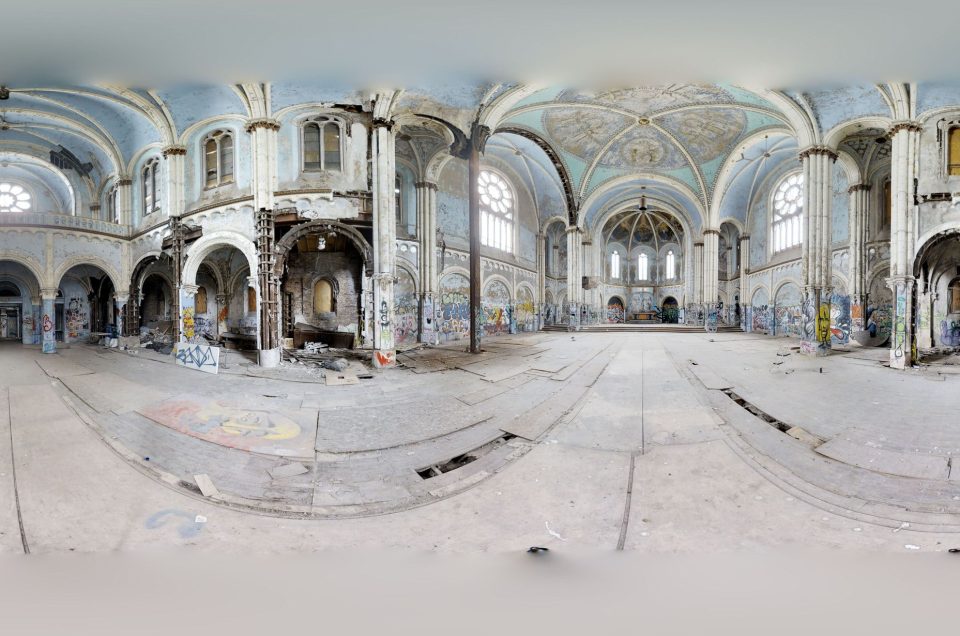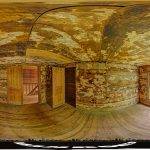Exploring the Historical Significance of Fort Jackson, Louisiana: A Gateway to America’s Past
Immerse yourself in a comprehensive virtual experience as you embark on a 360-degree tour of Fort Jackson, located on the west bank of the Mississippi River in Louisiana. This digital journey allows you to explore the historic fortification from every angle, providing an all-encompassing view of its impressive structure and surroundings. As you navigate through the virtual tour, you will witness the intricate details of the fort’s architecture, understand its strategic significance, and appreciate the natural beauty of its riverside location. The virtual tour offers a unique opportunity to delve into the history and heritage of Fort Jackson, all from the comfort of your own home. Experience the blend of historical significance and scenic beauty that this historic site offers, capturing the essence of Louisiana’s rich past.
Image by: Brandon Ore
Image by: Brandon Ore
About Fort Jackson
Fort Jackson, nestled in the heart of Plaquemines Parish, Louisiana, is not just a relic of the past but a treasure trove of American history. This majestic masonry fort, which played a pivotal role in defending New Orleans, has witnessed the ebb and flow of American history, marking its place as a significant historical landmark.
Fort Jackson: A Bastion of Defense and History
Constructed between 1822 and 1832, Fort Jackson stands as a testament to early 19th-century military architecture. This coastal defense stronghold became a focal point during the American Civil War, particularly during the famed Battle of Forts Jackson and St. Philip in April 1862. Under Confederate control, Fort Jackson faced a relentless 12-day siege by the U.S. Navy fleet, commanded by the intrepid Flag Officer David Farragut. The fort’s capitulation on April 28th, following intense bombardment and a mutiny, was a decisive moment leading to the Union’s capture of New Orleans.
Strategic Design and Civil War Significance
The star-shaped fortification was ingeniously designed for durability and defense. A notable feature was its furnace for heating “hot shot” cannonballs, a formidable weapon against wooden ships navigating the Mississippi River. This strategic location, on a challenging river bend, amplified the fort’s defensive capabilities, making it a daunting obstacle for naval forces.
Post-Civil War Evolution and Current State
Post-Civil War, Fort Jackson served various roles, including a Union prison and a minor training base, before being retired from active military use after World War I. In the 1960s, it transitioned from a military asset to a historical site under the stewardship of Plaquemines Parish.
However, Fort Jackson has not been immune to the forces of nature. Hurricanes such as Betsy, Camille, Katrina, and Rita have inflicted severe damage, leading to its current state of decay. The interior remains closed to visitors due to safety concerns, yet its designation as a National Historic Landmark underscores its enduring historical value.
Fort Jackson Today: A Center of Cultural Activity and Historical Education
Today, Fort Jackson serves as a vibrant cultural and educational site. It hosts the annual Plaquemines Parish Fair and Orange Festival and played a significant role in the Deepwater Horizon oil spill response in 2010. While the fort itself remains largely inaccessible, the surrounding park area and the nearby Fort Jackson Museum offer visitors a glimpse into its storied past, showcasing artifacts and providing historical insights.
Conclusion: A Beacon of History and Resilience
Fort Jackson’s journey from a strategic military fortification to a site of historical interest encapsulates the dynamic history of the region. Despite challenges and the passage of time, it continues to stand as a beacon of history and resilience, attracting those eager to delve into the depths of America’s past. Its story is not just about war and defense; it is about evolution, adaptation, and the enduring spirit of a nation.
If you liked reading about Fort Jackson, you might be interested in Fort Fincastle on the island of Nassau in the Bahamas, the New Barracks at Westerplatte in Poland or the Buckner Building in Alaska.

A 360-degree panoramic image captured at Fort Jackson in Louisiana. Image by Brandon Ore
Do you have 360-degree panoramic images captured in an abandoned location? Send your images to Abandonedin360@gmail.com. If you choose to go out and do some urban exploring in your town, here are some safety tips before you head out on your Urbex adventure.
Unlock the secrets of exploration by diving into precise GPS data available exclusively for an array of hidden gems and hundreds of other captivating sites, all within our members’ section. By investing in a Gold Membership, you’re not just gaining access; you’re securing a key to a vast, global archive of abandoned, untouched, and mysterious locations waiting to be discovered. Embark on your adventure with confidence, knowing every corner of the world can be within your reach. Don’t just observe—explore, discover, and claim the extraordinary journey that lies ahead with our treasure trove of world secrets. Subscribe now and transform the way you see the world! If you want to start shooting 360-degree panoramic images, you might want to look onto one-click 360-degree action cameras.
Click on a state below and explore the top abandoned places for urban exploring in that state.






